Index
- Introduction
- Basic information about the database
- Sample images
- Whole database
- Contact
- Licence and Citations
Introduction
Personal identification based on biometric features has received increasing attention nowadays. Fingerprints and face are the most popular biometric features, but ear seems to also be a very interesting one. Earlier research has shown that human ear is one of the representative human biometrics with uniqueness and stability. Ear recognition based on static images, could be divided into three categories according to the input image as follows: ear recognition based on 2D images, 3D-based ear recognition and ear print recognition.
During the development of biometric algorithms based on 2D images their proper and reliable testing is one of the most important aspect. Ear image databases are very rare and usually strongly limited. Absence of any unified large scale publicly available ear database poses problem in the objective evaluation of ear identification approaches. Therefore here a new ear images database (Mathematical Analysis of Images (AMI) Ear Database) is provided for free usage in scientific applications. Our objective has been to establish a medium scale collection of ear images and make it available in the public domain to support research efforts in ear biometrics.
Basic information about the database
AMI Ear Database was created by Esther Gonzalez during her work on the PhD in Computer Science. It consists of ear images collected from students, teachers and staff of the Computer Science department at Universidad de Las Palmas de Gran Canaria (ULPGC), Las Palmas, Spain. The images have been taken in an indoor environment. The database was acquired from 100 different subjects, all of them in the age range of 19-65 years. For each individual, seven images (six right ear images and one left ear image) were taken.
All the images were taken using a Nikon D100 camera, under the same lighting conditions, with the subject placed seated at a distance of about 2 meters from the camera and looking at some previosly fixed marks. We used a 135 mm focal length for six of the seven images and 200 mm focal length for the image we called ZOOM. Five of the captured images were right side profile (right ear) with the individual facing forward (FRONT), looking up and down (UP, DOWN) and looking left and right (LEFT, RIGHT). The sixth image of right profile was taken with the subject also facing forward but with a different camera focal lenght (ZOOM). Last image (BACK) was a left side profile (left ear), with the subject facing forward and with the same camera focal length than the previous five images.
The database of 700 images has been sequentially numbered for every subject with an integer identification number. The resolution of these images is 492 x 702 pixels and all these images are available in jpeg format.
Sample images
Few examples of images from the AMI Ear Database are reproduced in the following image set.
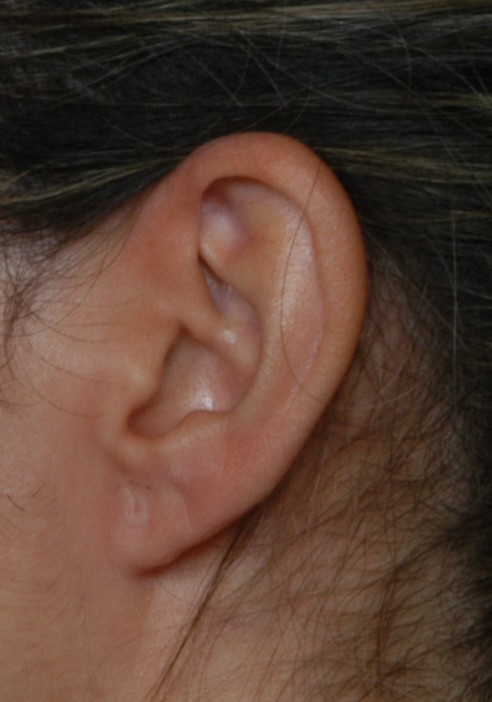
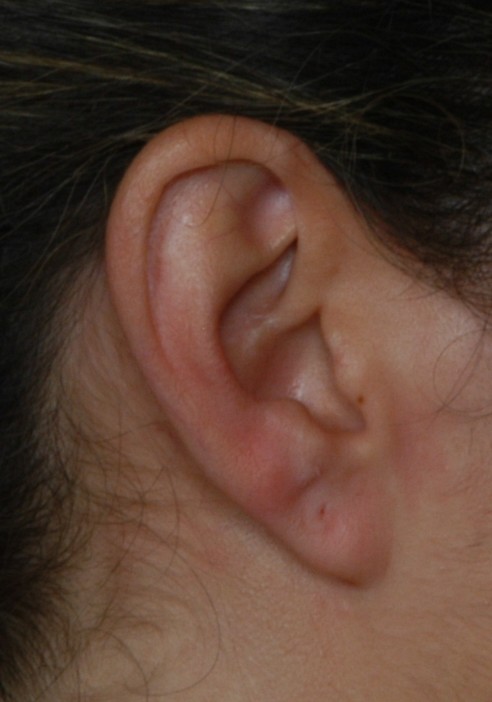
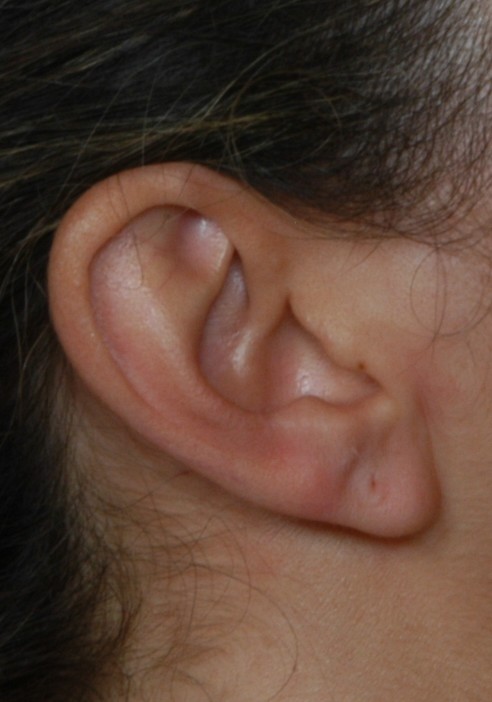
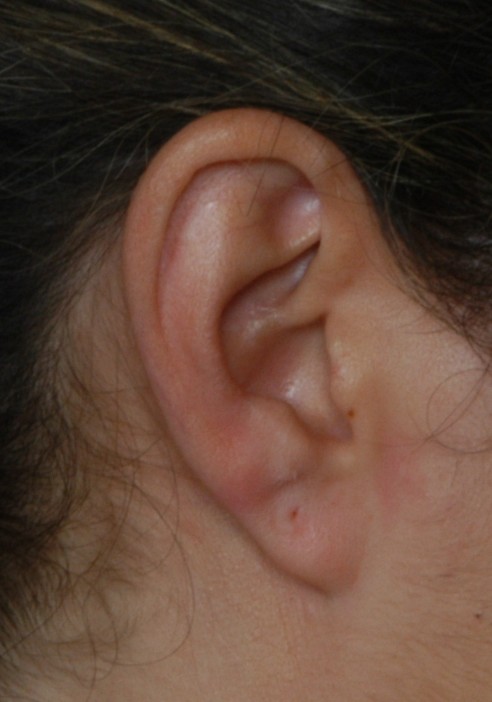
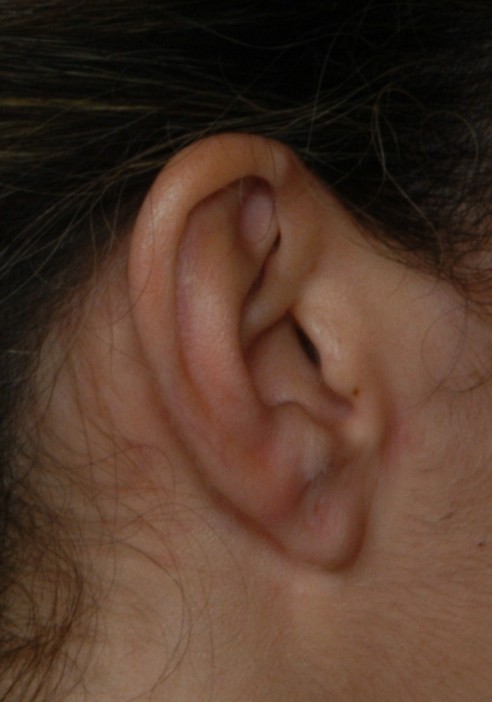
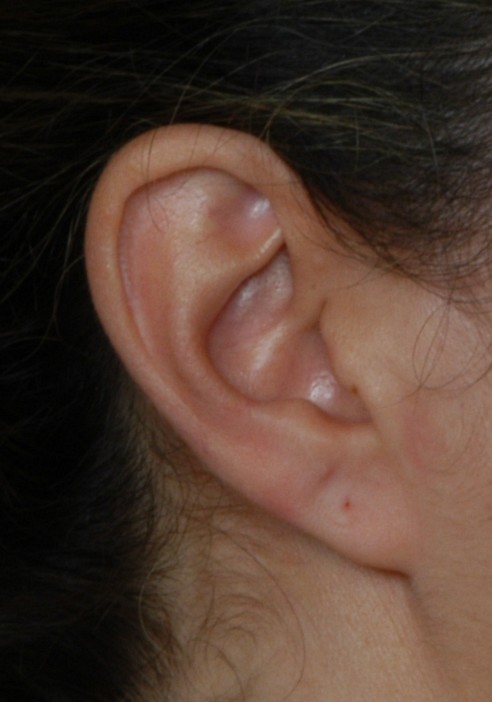
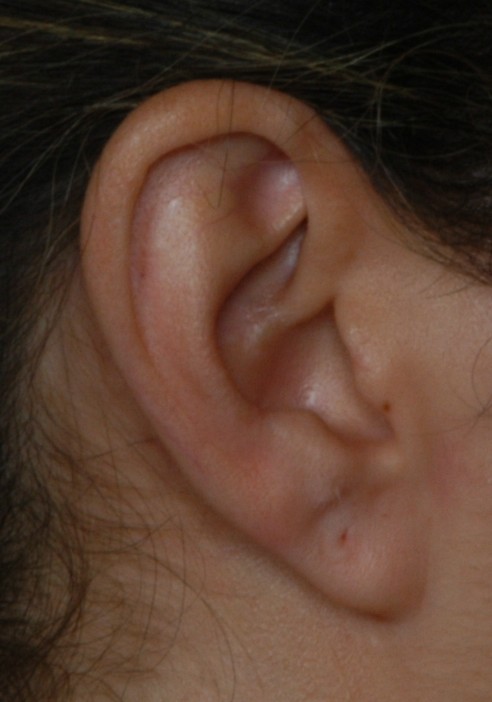
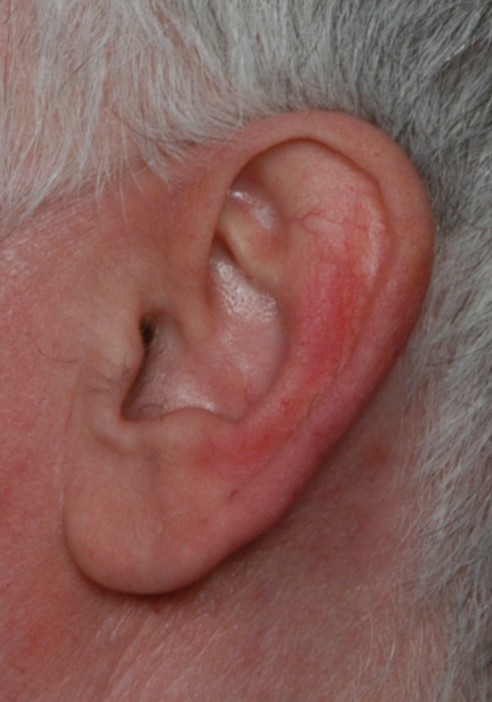
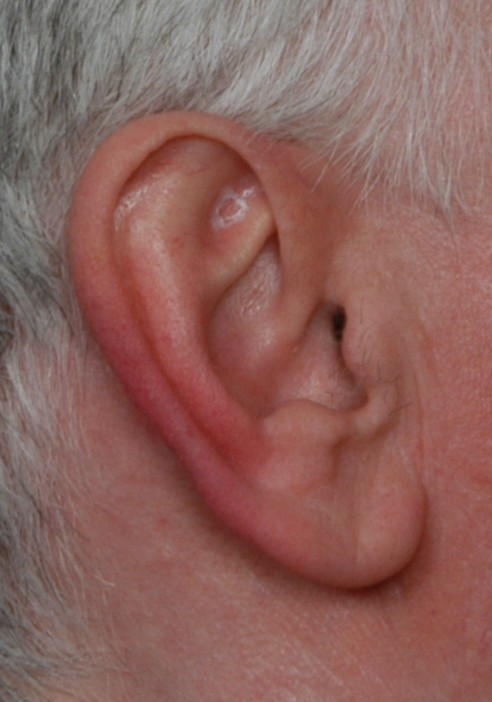
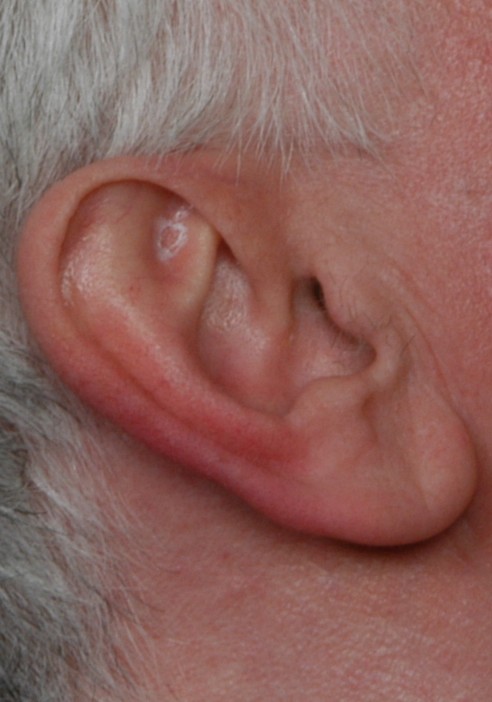
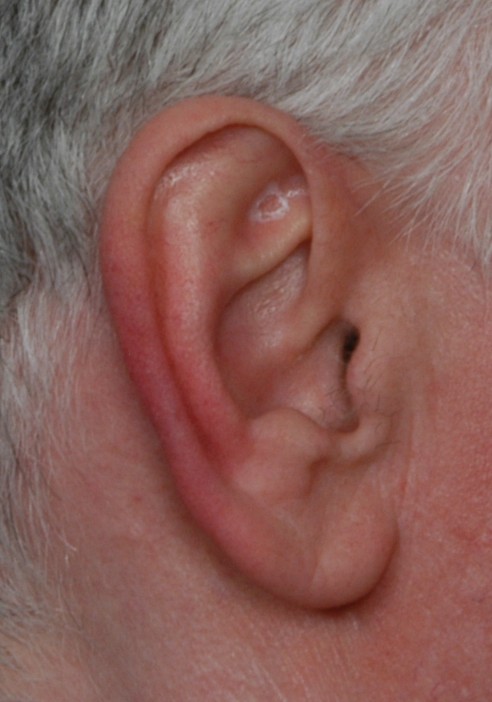
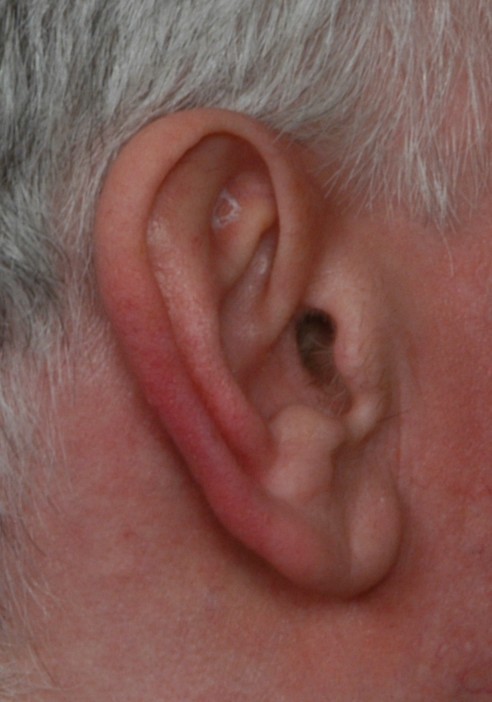
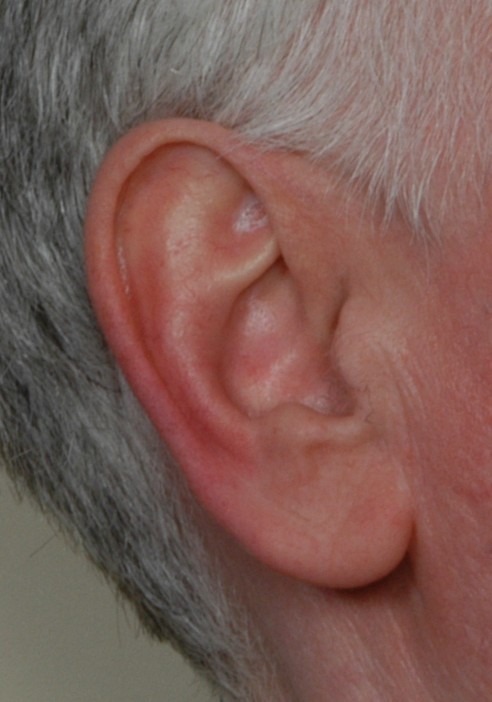
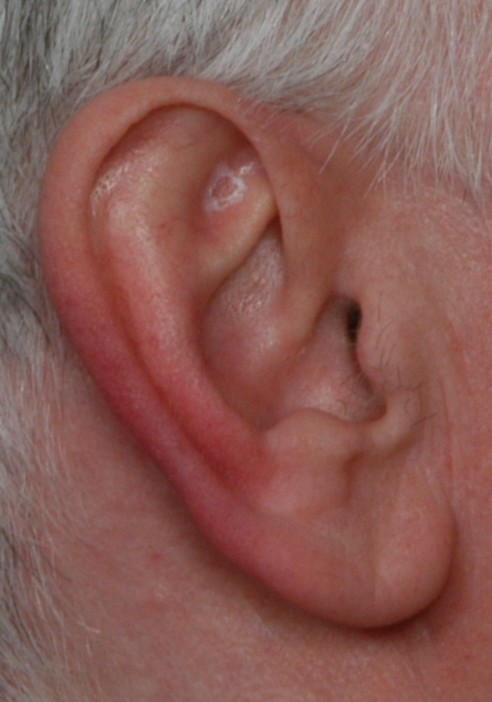
| BACK | FRONT | UP | DOWN | LEFT | RIGHT | ZOOM |
Whole database
Whole database can be downloaded using the links below. To make it easier to download,database has been splitted into four subsets of 175 images each (those corresponding to 25 subjects).
Subset 1 .- Subjects from 0 to 28. Images from subjects numbered 6,15,16 and 17 were partially ocluded and they were excluded from the database.
Subset 2 .- Subjects from 29 to 55. Images from subjects numbered 49 and 50 were partially ocluded and they were excluded from the database.
Subset 3 .- Subjects from 56 to 81. Images from subject numbered 60 were partially ocluded and they were excluded from the database.
Subset 4 .- Subjects from 82 to 106.
Contact
Esther
Gonzalez
email:egonzalez@dis.ulpgc.es
License and Citations
If you are using the AMI Ear Database please do not forget to refer in your publications to this web site.

AMI Ear Database by Esther Gonzalez, Luis Alvarez and Luis Mazorra is licensed under a Creative Commons Reconocimiento-NoComercial-SinObraDerivada 3.0 Unported License.